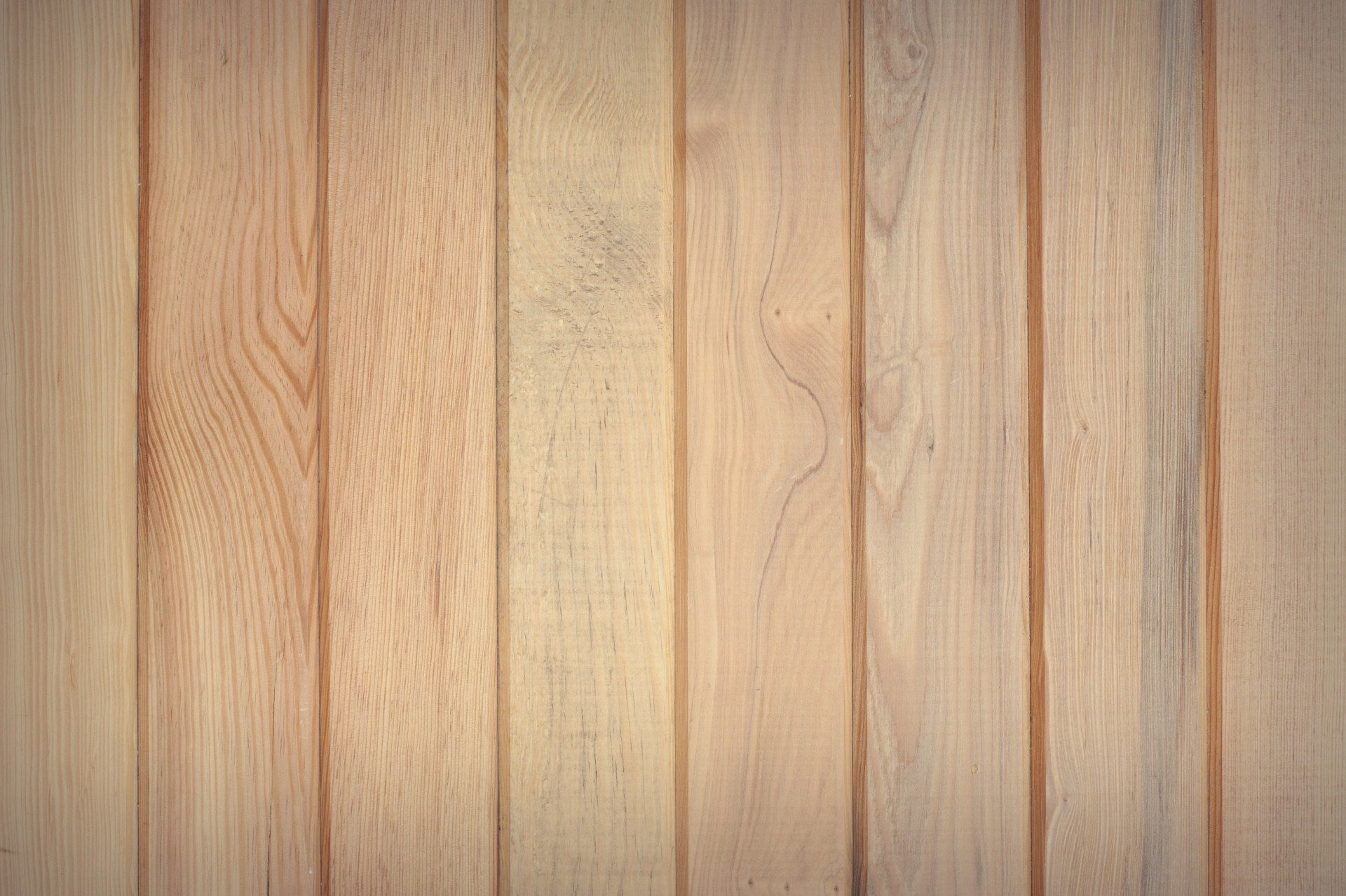
As much as our tastes have changed and evolved over the years, some things never change. Our love for wood as a building material is one of them. Modern developers have shifted toward cheaper building materials like drywall and composite paneling, which, while cost-effective, lack the charm of classic materials like wood. From the sophisticated look of stained mahogany panels to the simple lines of tongue and groove, wood is a versatile enough wall treatment material that you can achieve nearly anything you can dream up.
Maybe you’d like to incorporate a pattern. A board and batten wall or a plank wall may be what you’re looking for. They can be utilized to add visual interest ranging from subtle to stunning, and they certainly add a touch of class to any room. Whichever route you choose, you can rest easy knowing your walls will be the talk of the town. Let’s look at some of the options out there.
Why do we use wall treatments?
Wall treatments have been around in one form or another for a long time and span the design gamut, from simple decorations like wallpaper to elaborate wood or tile creations. The possibilities are vast. It all comes down to what you want to achieve.
Some styles were even created to provide different functional benefits over the years. Wainscoting was created to provide protection from both chair and table scuffs but also to protect against the cold, damp, stone walls hidden behind them. Chair rails were another wall treatment meant to protect walls from scuffs.
While wall treatments still provide these protections in the twenty-first century, the primary reason we use them today is for their decorative characteristics.
Our favorite wood wall treatment ideas
When we talk about wood wall treatments, we aren’t talking about that thin paneling we used in basements a half-decade ago. Seemingly every basement in America slapped them up back then, as they were a cost-effective way to add visual warmth and implied texture to our cold basements. This type of wall covering fell out of fashion a long time ago, and for a good reason. They do simulate wood, however not very well, but they don’t offer the same benefits we get by using real wood in our decor.
Modern wood treatments are a throwback to the old days when we used solid wood in the construction of our interior walls. Many of the old styles have carried over, while others are a product of centuries of manufacturing and design advancements.
The board and batten wall
If you want something that feels unique, you can’t beat a board and batten wall. The repeating shapes tie the room together nicely, and the depth they create adds a subtle texture that makes board and batten a great choice when you’re looking at unique wood wall treatments.
Traditionally, this type of wall treatment was created by installing large boards, with narrow battens covering the seams. The boards may be square or rectangular, and the battens intersect at 90-degree angles over the seams.
If you want to create the look on a budget, you can attach planks directly to your existing wall, but they are more prone to damage and don’t provide the same benefits as using wood boards between the planks. It’s an easy DIY project that can make your walls look much more interesting than they do now.
Shiplap
If you’re looking for a classic, linear look, shiplap is a great option. It was originally designed and used on the exteriors of houses. The fit is very snug, which means you can create a tight seal between the planks to keep the elements out. It’s a great trait in exterior siding. But, modern design trends have brought them indoors to tremendous effect.
There are a number of different shiplap styles, but they are all generally characterized by the fact that they have a rabbet, or an L-shaped notch, running down both of the long sides. One side has the rabbet on the front, and the other side has the rabbet on the back. When installed, the rear rabbet overlaps the one on the front, leaving a uniform gap or valley that runs the entire length of the planks. The back side has no valleys, which helps block out drafts. This versatile treatment looks equally great painted, distressed, or with a natural wood finish.
Tongue and groove
Tongue and groove is a very similar style to shiplap, but where the sides of shiplap planks have rabbets that overlap with one another, tongue and groove planks have a small protuberance that runs the length of one side and a narrow groove that runs along the other. The tongue(protuberance) on the one side fits into the groove on the other when mounted.
Tongue and groove planks fit more tightly than shiplap, and the result is a simple line at the junction rather than the valley you get with most shiplap wall panels. This lack of a gap also creates a more uniform look than you’d get with shiplap.
Tongue and groove panels are available in multiple different wood species, so you can go with cheaper wood like pine if you’re going to paint it and a nicer wood like cedar if you want to keep it natural. It’s a little tougher to install than shiplap, but the seal it creates provides a great barrier against the elements.
The plank wall
If you’re looking to add the character that comes with a reclaimed wood wall treatment, a plank wall may be the ticket. It feels very similar to tongue and groove and shiplap, but there are some differences that make plank walls a unique and interesting option.
Unlike tongue and groove or shiplap, plank walls can be created from any kind of plank you like, and you aren’t bound to horizontal or vertical styles. If you go with reclaimed wood or some other type of standard plank, you won’t get complete coverage like you wood with the aforementioned styles, so you’ll want a plywood or drywall backing.
As a plank wall can be applied directly to your existing wall, this is another fun DIY project for those with the time and tools to tackle it.
Wainscoting
This is an old-school wall treatment but remains popular to this day. Wainscoting, pronounced “Wayne’s Coating,” is a treatment that covers the lower portion of the wall, generally topping out at no higher than 32 inches above the floor. It consists of baseboard molding, wall panels, and chair rails. It’s a great look and protects your walls from all the impacts caused by living your best life indoors.
They are very popular in older architecture but feel equally at home as modern wood wall treatments. Utilizing a different color and texture on the bottom half of the wall can make the smooth surface above really pop when using bold, contrasting colors. You can also go wild with all the wall panel options out there. You can go simple or intricate, and the style you choose will have a big impact on the overall look of the room.
Chair rails
Chair rails can be standalone wood wall treatments and don’t need to go along with wainscoting. This simple piece of molding adds a nice contrasting line along the lower third of the wall and also protects the wall from nicks or dings when we push the furniture aside to clear space in the middle of the room. It’s another element that’s fairly common in classic architecture but looks great no matter what style room you’re working with.
Wall treatments with acoustical benefits
Wood can be used to create looks from rustic to modern and chic but can also be used to provide acoustical benefits. Choosing an acoustic wood wall treatment keeps volume levels comfortable and makes your home a more relaxing place to recharge and spend time with loved ones.
When we’re exposed to loud noises on a regular basis, our stress and anxiety levels increase, making it harder for us to concentrate or rest. Many of the acoustic solutions that come to most minds are hung on walls or suspended from the ceiling, but those aren’t your only options. You can actually incorporate these acoustical benefits directly into your wood panel molding.
Many of the different styles of wall panel molding we’ve discussed can be achieved through the use of veneers and acoustical materials as backing. The acoustical versions of these panels are generally perforated with very small holes, which allow sound waves to penetrate the surface, trapping some of them and reducing reverberation and echo. Adding the acoustical backing only improves their performance.
Designing your space
Choosing decorative wall molding panels that transform your space into the place you want to spend your time is very rewarding. No matter which style goes best with your particular space, no material is more versatile and easy to work with as wood. Whether you’re thinking of going with a board and batten wall or a unique plank accent wall, material choice makes or breaks your design, and no one ever went wrong choosing wood.




